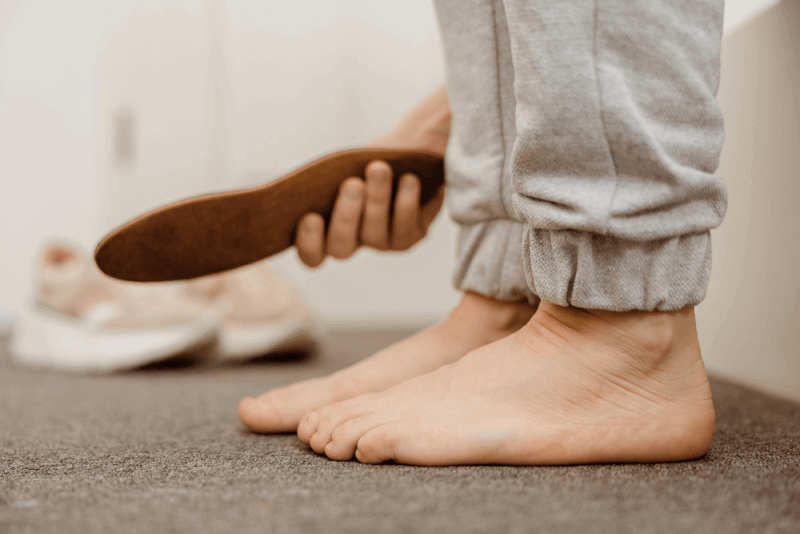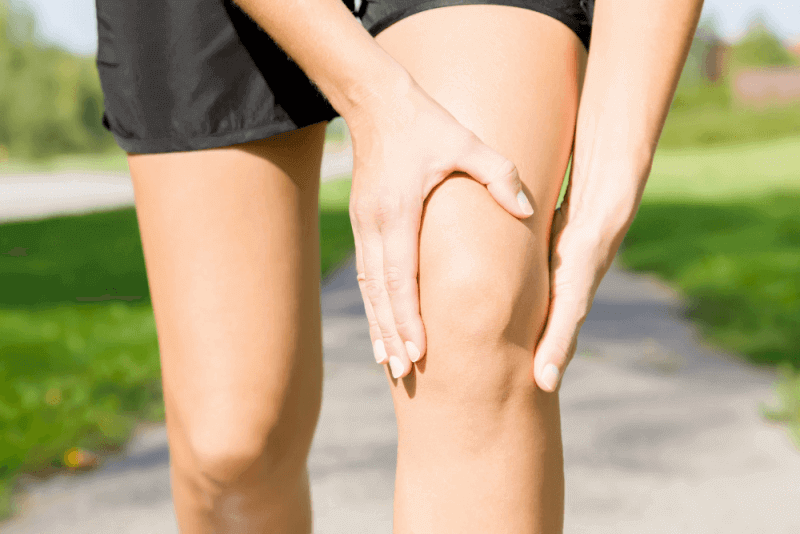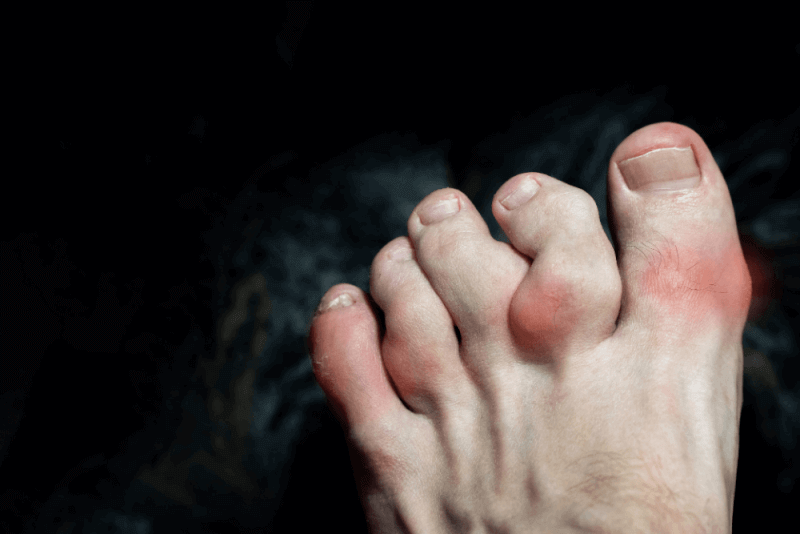30-Second Summary
- Flat feet is a condition where the arches on the inside of the feet flatten due to pressure. When individuals stand up, their feet turn outward, and the soles of the feet completely touch the ground.
- Flat feet can occur during childhood when the foot arch doesn't develop. It can also be seen after an injury or as a person ages.
- Many people with flat feet do not experience symptoms. However, some individuals with flat feet may experience pain, especially in the heel and arch area.
- During the diagnosis of flat feet, specialists first examine the foot structure from the front and rear. They then ask the patient to stand on their toes and test the strength of the ankles. They also identify the location of the pain.
What is Flat Feet?
Flat feet is a condition where the arches on the inside of the feet flatten due to pressure. When individuals stand up, their feet turn outward, and the soles of the feet completely touch the ground.
Flat feet can occur in childhood when the foot arch doesn't develop. It can also be seen after an injury or as a person ages.
Flat feet usually do not cause pain. In these cases, no treatment is required. However, if pain is caused by flat feet and it restricts movement, treatment is necessary.
Causes of Flat Feet
Flat feet are commonly seen in infants and young children who have just started walking because their foot arches have not yet developed. The development of the foot arch continues throughout childhood. In some individuals, the arch never develops, which does not cause any issues.
In some children, a condition called flexible flat feet develops. In flexible flat feet, the arch is visible when the child is sitting or standing on their toes, but disappears when they place their feet flat on the ground.
In individuals who did not have flat feet during childhood, the condition can develop later in life. The foot arch may collapse suddenly after an injury, or this collapse may occur gradually over the years. As a person ages, the tendon that runs along the inside of the ankle and supports the foot arch can weaken or tear. This can lead to arthritis in the foot.
Factors that increase the risk of flat feet include the following:
- Achilles tendon injuries
- Bone fractures
- Cerebral palsy
- Diabetes
- Down syndrome
- High blood pressure
- Obesity
- Pregnancy
- Rheumatoid arthritis
Symptoms of Flat Feet
Most individuals with flat feet do not show any symptoms. However, some people with flat feet experience pain, particularly in the heel and arch area. Activity may intensify the pain and cause swelling in the inner ankle. Other symptoms of flat feet include:
- Leg pain
- Foot or leg muscle soreness, aching, or fatigue
- Pain in the arch, ankle, heel, or outer side of the foot
- Pain while walking or a change in gait
- Big toe drifting outward
Diagnosis Criteria for Flat Feet
During the diagnosis of flat feet, specialists first examine the foot structure from the front and rear. They then ask the patients to stand on their toes and test the strength of their ankles. They also locate the pain.
The wear pattern on shoes can also provide information about the feet. Tests that help diagnose flat feet include the following:
- X-rays are used to assess the alignment of the bones and any arthritis.
- If more detail is needed to visualize the foot, a CT scan is performed.
- If tendon injuries are suspected, ultrasound is used to view the soft tissues.
- MRI is used to view both bone and soft tissue details.
Treatment Options for Flat Feet
If flat feet do not cause pain, no treatment is required. However, if pain is present, there are various methods available for treatment.
Therapies
Therapies that can help relieve pain from flat feet include the following:
Arch Supports
Orthopedic devices called arch supports can be purchased over the counter. These supports help alleviate pain. In some cases, custom-designed supports molded to the shape of the foot are recommended. While supports do not cure flat feet, they help reduce the pain.
Stretching Exercises
In some individuals with flat feet, the Achilles tendon has shortened. Stretching exercises to lengthen the Achilles tendon help reduce pain.
Physical Therapy
For runners with flat feet, excessive use of the feet can cause injuries. Physical therapists help strengthen the foot muscles and tendons with certain exercises. They also provide guidance to improve walking patterns.
Flat Feet Surgery
Surgery is not only a procedure to fix flat feet but is also used when non-surgical methods fail to relieve pain and negatively affect quality of life. Surgery corrects the bone and tendon issues that cause pain.
Surgical Methods for Flat Feet
The goal of flat feet surgery is to repair tendons or realign the bones. Depending on the severity of the flat feet, one or more of the following methods may be used, either individually or in combination:
Arthrodesis
Also known as joint fusion, this procedure fuses the foot bones together, filling the gaps between bones that cause pain. Bone grafting can also be used to repair damaged bones.
Bone Grafting
Bone grafting is used for foot bone reconstruction to create new bone using bone grafts or tendon transfers.
Dorsal Opening Wedge Osteotomy
A wedge of bone or bone graft is placed at the top of the medial cuneiform bone in the middle part of the foot.
Benefits of Flat Feet Surgery
Flat feet surgery not only alleviates pain but also improves mobility.
Complications of Flat Feet Surgery
Although rare, complications that can arise from flat feet surgery include:
- Nerve damage
- Vascular damage
- Incomplete healing
- Sharp pain in the foot
- Muscle weakness due to the cast applied after surgery
Types of Flat Feet
There are different types of flat feet, including those seen in childhood and those that develop in adulthood. These types include:
Flat Feet Caused by Short Achilles Tendon
Some babies develop flat feet due to a birth defect called vertical talus, which prevents the formation of the arch. In this type, the talus bone in the ankle is misaligned. The bottom of the foot resembles the base of a rocking chair.
Flat Feet Caused by Posterior Tibial Tendon Dysfunction
This occurs when the foot arch unexpectedly collapses or falls. The collapse of the arch causes the foot to turn outward. This condition can affect one foot or both feet. The most common cause of this condition is inflammation or tearing of the tendon that supports the arch. This is also known as acquired flat feet or low arches in adulthood.
Flexible Flat Feet
The most common type of flat feet is flexible flat feet. In this type, the foot arches are visible when not standing. However, when standing, the arches disappear. Flexible flat feet occur during childhood or adolescence. It affects both feet and tends to worsen with age. Over time, foot tendons can become stretched or torn.
Rigid Flat Feet
In rigid flat feet, the foot arches are not visible either when standing or sitting. This condition usually starts during adolescence and tends to worsen over time. In addition to pain, moving the feet up, down, or sideways becomes difficult. Rigid flat feet can affect one or both feet.
Complications of Flat Feet
Complications caused by flat feet include:
- Foot pain
- Leg pain
- Toe problems
- Flattening of the foot arch
- Shortened Achilles tendon
- Foot cramps
- Pain when walking







